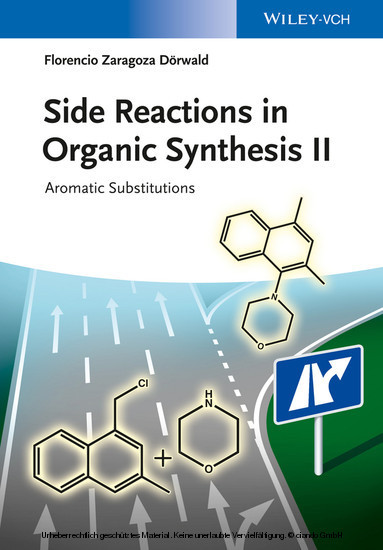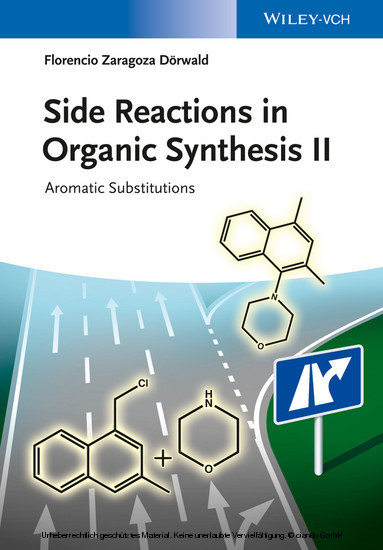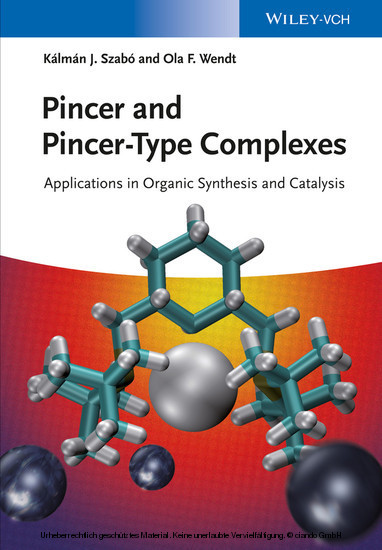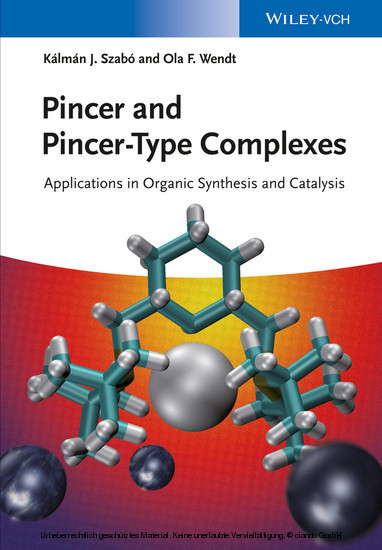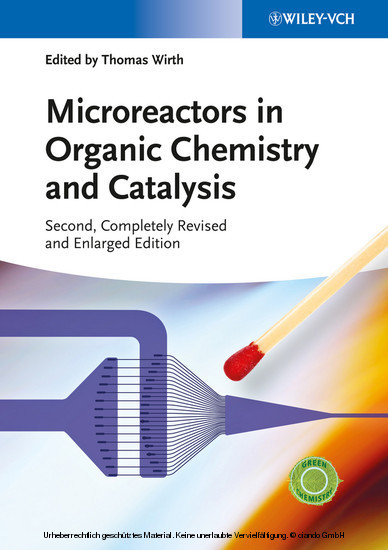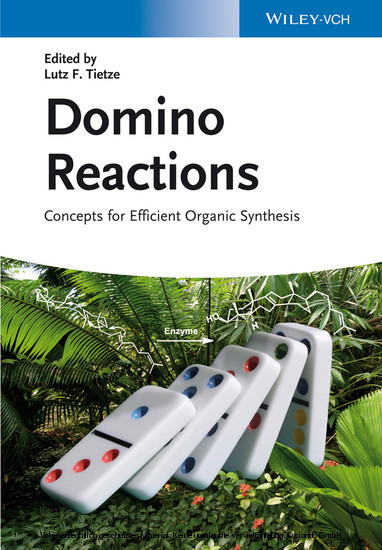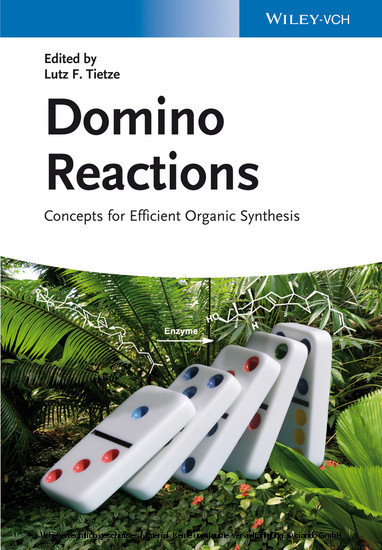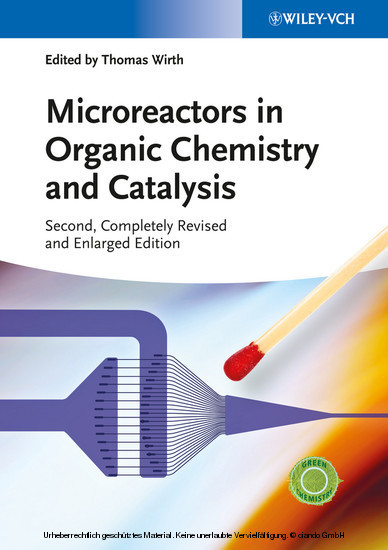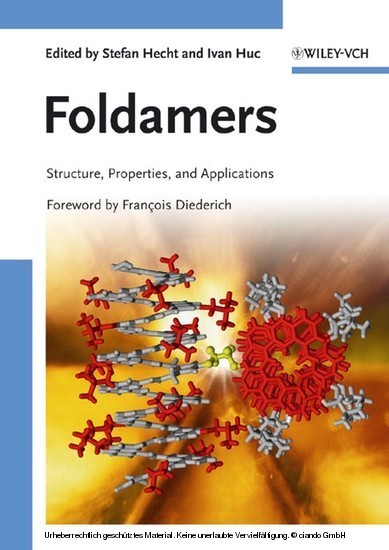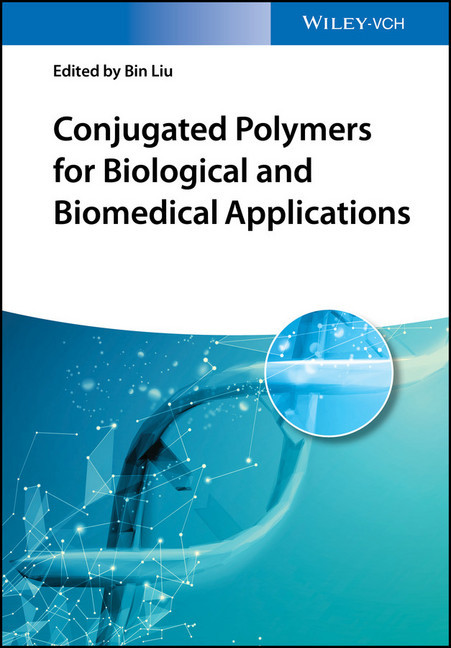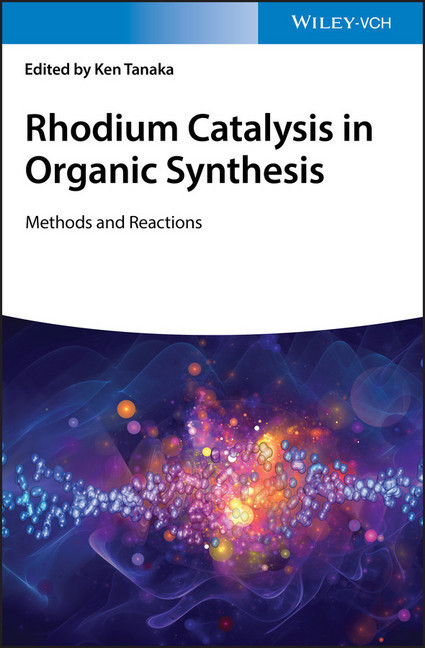Side Reactions in Organic Synthesis II
Aromatic Substitutions
This new textbook is the successor to the volume 'Side Reactions in Organic Synthesis - A Guide to Successful Synthesis Design' (2004), written by the same author. Whereas the predecessor mainly covered the limitations of aliphatic substitution reactions, this new volume focuses on the most important aromatic substitution reactions, both electrophilic and nucleophilic, such as amination reactions, halogenation reactions, Friedel-Crafts acylations, or transition metal-catalyzed arylation reactions. Each chapter not only describes the scope of a specific reaction type, but also reveals what cannot be achieved with this reaction, i.e. what type of side reactions are to be expected with certain starting materials or electrophiles/nucleophiles. With its unique approach, this is a must-have book for graduate students in organic chemistry and synthetic chemists both in academia and industry!
Florencio Zaragoza Dorwald studied chemistry at the Georg-August University in Gottingen, Germany, and Universite Louis Pasteur, Strasbourg, France, where he obtained his Ph.D. in 1990 on the synthesis of natural products under the guidance of M. Franck-Neumann and M. Miesch. He spent one postdoctoral year in both the groups of A. Pfaltz (University of Basel) and A. P. Marchand (University of North Texas), and then worked on the synthesis of unnatural amino acids at the Technical University of Dresden. From 1994 to 2007 he had a position as a medicinal chemist at Novo Nordisk A/S, Denmark. Currently, he is employed as organic chemist at Lonza AG in Visp, Switzerland.
Florencio Zaragoza Dorwald studied chemistry at the Georg-August University in Gottingen, Germany, and Universite Louis Pasteur, Strasbourg, France, where he obtained his Ph.D. in 1990 on the synthesis of natural products under the guidance of M. Franck-Neumann and M. Miesch. He spent one postdoctoral year in both the groups of A. Pfaltz (University of Basel) and A. P. Marchand (University of North Texas), and then worked on the synthesis of unnatural amino acids at the Technical University of Dresden. From 1994 to 2007 he had a position as a medicinal chemist at Novo Nordisk A/S, Denmark. Currently, he is employed as organic chemist at Lonza AG in Visp, Switzerland.
1;Side Reactions in Organic Synthesis II;5 1.1;Contents;7 1.2;Preface;11 1.3;Glossary and Abbreviations;13 1.4;Journal Abbreviation List;15 1.5;Chapter 1 Electrophilic Alkylation of Arenes;17 1.5.1;1.1 General Aspects;17 1.5.1.1;1.1.1 Catalysis by Transition-Metal Complexes;18 1.5.1.2;1.1.2 Typical Side Reactions;21 1.5.2;1.2 Problematic Arenes;23 1.5.2.1;1.2.1 Electron-Deficient Arenes;23 1.5.2.2;1.2.2 Phenols;25 1.5.2.3;1.2.3 Anilines;29 1.5.2.4;1.2.4 Azoles;35 1.5.3;1.3 Problematic Electrophiles;35 1.5.3.1;1.3.1 Methylations;35 1.5.3.2;1.3.2 Olefins;36 1.5.3.3;1.3.3 Allylic Electrophiles;37 1.5.3.4;1.3.4 Epoxides;39 1.5.3.5;1.3.5 ?-Haloketones and Related Electrophiles;41 1.5.3.6;1.3.6 Nitroalkanes;42 1.5.3.7;1.3.7 Ketones;43 1.5.3.8;1.3.8 Alcohols;48 1.5.4;References;50 1.6;Chapter 2 Electrophilic Olefination of Arenes;61 1.6.1;2.1 General Aspects;61 1.6.2;2.2 Olefinations with Leaving-Group-Substituted Olefins;61 1.6.3;2.3 Olefinations with Unsubstituted Olefins;62 1.6.4;2.4 Olefinations with Alkynes;68 1.6.5;References;73 1.7;Chapter 3 Electrophilic Arylation of Arenes;77 1.7.1;3.1 General Aspects;77 1.7.2;3.2 Arylations with Aryl Halides;77 1.7.2.1;3.2.1 Via Cationic Intermediates;77 1.7.2.2;3.2.2 Via Radicals;79 1.7.2.3;3.2.3 Via Transition-Metal Chelates;81 1.7.2.4;3.2.4 By Transition-Metal Catalysis;83 1.7.3;3.3 Arylations with Diazonium Salts;85 1.7.4;3.4 Arylations with Other Functionalized Arenes;89 1.7.5;3.5 Arylations with Unsubstituted Arenes;94 1.7.6;References;95 1.8;Chapter 4 Electrophilic Acylation of Arenes;101 1.8.1;4.1 General Aspects;101 1.8.2;4.2 Problematic Arenes;104 1.8.2.1;4.2.1 Dealkylation/Isomerization of Arenes;104 1.8.2.2;4.2.2 Styrenes;104 1.8.2.3;4.2.3 Anilines, Phenols, and Thiophenols;106 1.8.2.4;4.2.4 Electron-Deficient Arenes;108 1.8.2.5;4.2.5 Azoles;109 1.8.3;4.3 Problematic Electrophiles;111 1.8.3.1;4.3.1 Problematic Acyl Halides;111 1.8.3.2;4.3.2 Carboxylic Esters and Lactones;114 1.8.3.3;4.3.3 Carbonic Acid Derivatives;117 1.8.3.4;4.3.4 Formic Acid Derivatives;122 1.8.3.5;4.3.5 Mixed Carboxylic Anhydrides and Other Polyelectrophiles;126 1.8.4;References;128 1.9;Chapter 5 Electrophilic Halogenation of Arenes;137 1.9.1;5.1 General Aspects;137 1.9.2;5.2 Typical Side Reactions;137 1.9.3;5.3 Regioselectivity;141 1.9.4;5.4 Catalysis;144 1.9.5;5.5 Fluorinations;145 1.9.6;5.6 Electron-Deficient Arenes;148 1.9.6.1;5.6.1 Pyridines;149 1.9.6.2;5.6.2 Benzoic Acid Derivatives;150 1.9.7;5.7 Electron-Rich Arenes;153 1.9.7.1;5.7.1 Phenols and Arylethers;154 1.9.7.2;5.7.2 Anilines;154 1.9.7.3;5.7.3 Azoles;160 1.9.8;5.8 Sensitive Functional Groups;163 1.9.8.1;5.8.1 Alkenes;164 1.9.8.2;5.8.2 Amines;164 1.9.8.3;5.8.3 Ethers;165 1.9.8.4;5.8.4 Thiols and Thioethers;165 1.9.8.5;5.8.5 Aldehydes, Ketones, and Other C-H Acidic Compounds;167 1.9.8.6;5.8.6 Amides;168 1.9.9;References;168 1.10;Chapter 6 Electrophilic Formation of Aromatic C-N Bonds;177 1.10.1;6.1 Nitration of Arenes;177 1.10.1.1;6.1.1 Mechanisms;177 1.10.1.2;6.1.2 Regioselectivity;180 1.10.1.3;6.1.3 Catalysis;183 1.10.1.4;6.1.4 Electron-Deficient Arenes;183 1.10.1.5;6.1.5 Electron-Rich Arenes;185 1.10.1.5.1;6.1.5.1 Anilines;187 1.10.1.5.2;6.1.5.2 Indoles;189 1.10.1.5.3;6.1.5.3 Phenols;189 1.10.2;6.2 Electrophilic Aromatic Aminations;191 1.10.2.1;6.2.1 Typical Side Reactions;193 1.10.3;6.3 Electrophilic Aromatic Amidations;193 1.10.3.1;6.3.1 Typical Side Reactions;193 1.10.4;References;200 1.11;Chapter 7 Electrophilic Formation of Aromatic C-S Bonds;207 1.11.1;7.1 Sulfonylation;207 1.11.1.1;7.1.1 General Aspects;207 1.11.1.2;7.1.2 Typical Side Reactions;209 1.11.2;7.2 Sulfinylation;211 1.11.2.1;7.2.1 General Aspects;211 1.11.2.2;7.2.2 Typical Side Reactions;211 1.11.3;7.3 Sulfenylation;215 1.11.3.1;7.3.1 General Aspects;215 1.11.3.2;7.3.2 Typical Side Reactions;216 1.11.4;References;217 1.12;Chapter 8 Aromatic Nucleophilic Substitutions;221 1.12.1;8.1 General Aspects;221 1.12.1.1;8.1.1 Mechanisms;221 1.12.1.2;8.1.2 Regioselectivity;221 1.12.1.3;8
Zaragoza Dörwald, Florencio
| ISBN | 9783527681747 |
|---|---|
| Artikelnummer | 9783527681747 |
| Medientyp | E-Book - PDF |
| Copyrightjahr | 2014 |
| Verlag | Wiley-VCH |
| Umfang | 312 Seiten |
| Sprache | Englisch |
| Kopierschutz | Adobe DRM |

